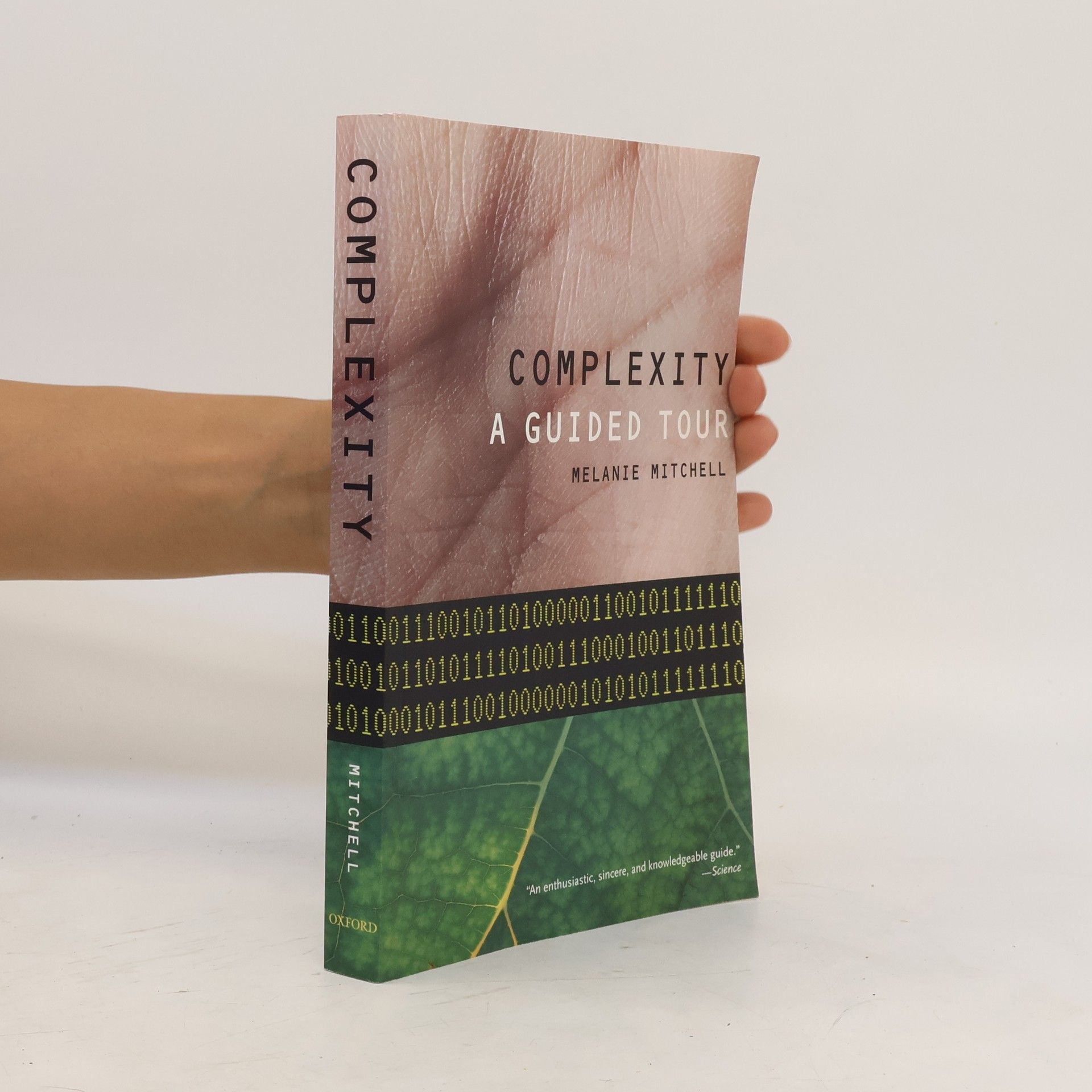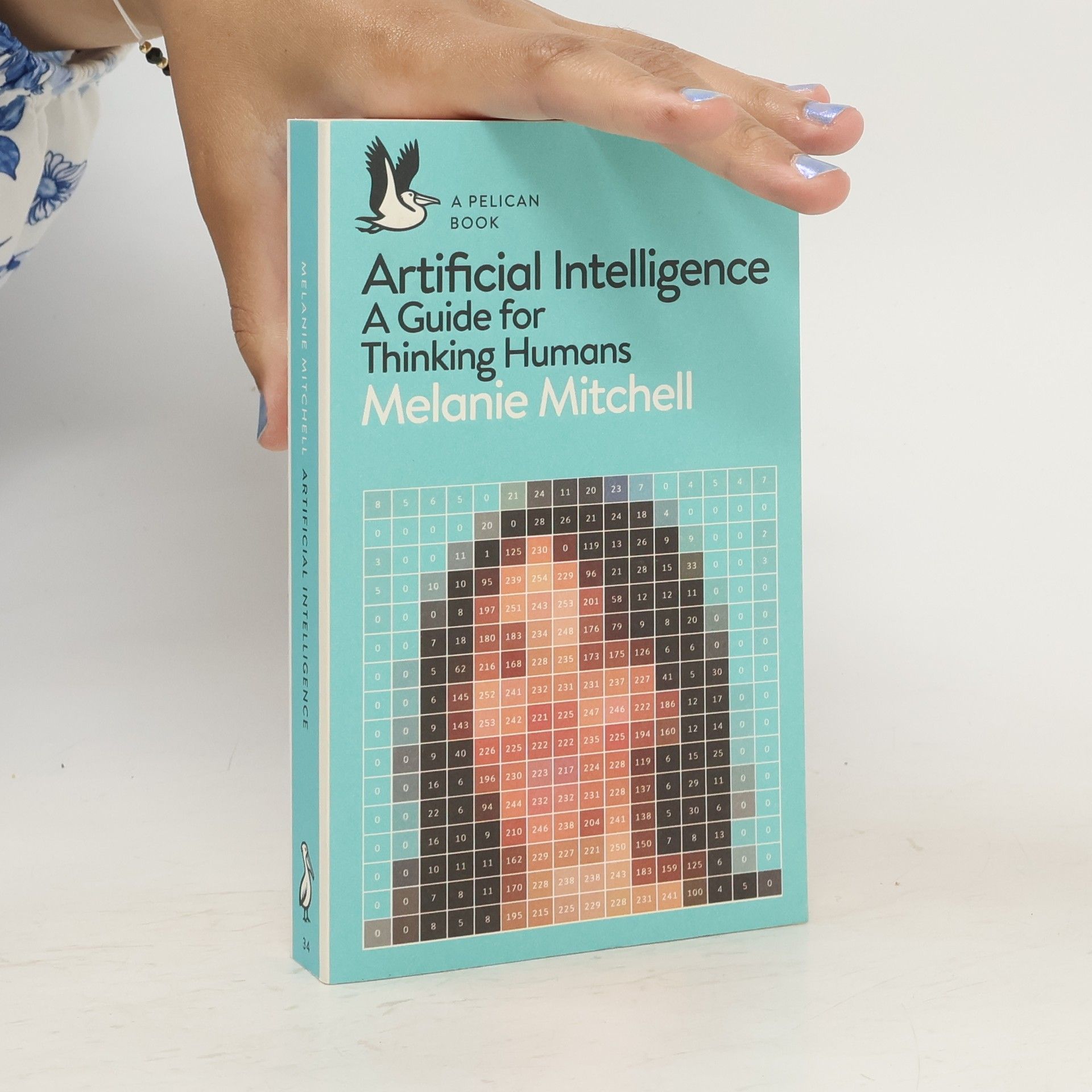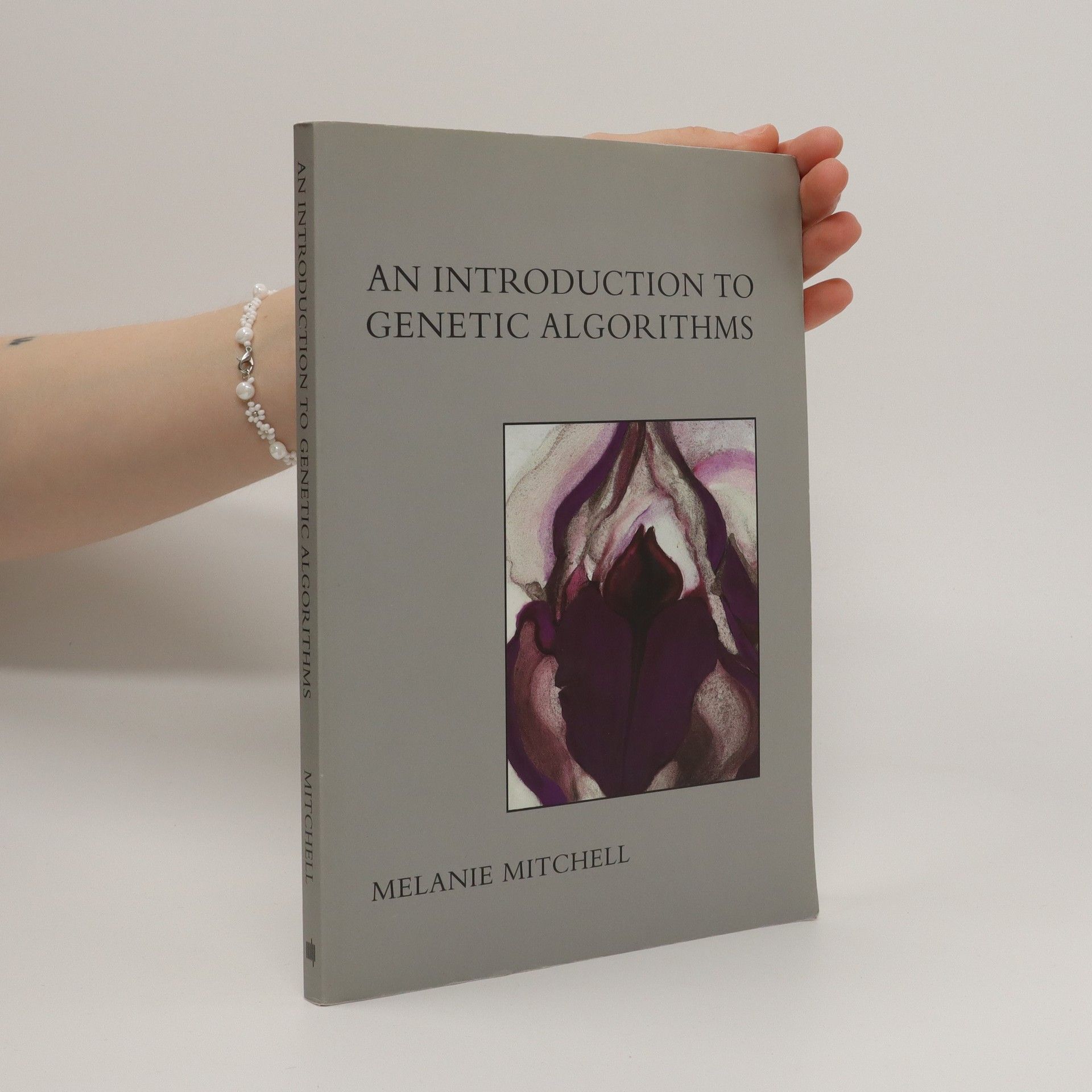Artificial Intelligence
- 448 pages
- 16 hours of reading
No recent scientific enterprise has been so alluring, terrifying, and filled with extravagant promise and frustrating setbacks as artificial intelligence. How intelligent are the best of today's AI programs? To what extent can we entrust them with decisions that affect our lives? How human-like do we expect them to become, and how soon do we need to worry about them surpassing us in most, if not all, human endeavours? From leading AI researcher and award-winning author Melanie Mitchell comes a knowledgeable and captivating account of modern-day artificial intelligence. Flavoured with personal stories and a twist of humour, Artificial Intelligence illuminates the workings of machines that mimic human learning, perception, language, creativity and common sense. Weaving together advances in AI with cognitive science and philosophy, Mitchell probes the extent to which today's 'smart' machines can actually think or understand, and whether AI requires such elusive human qualities in order to be reliable, trustworthy and beneficial. Artificial Intelligence- A Guide for Thinking Humans provides readers with an accessible, entertaining and clear-eyed view of the AI landscape, what the field has actually accomplished, how much further it has to go and what it means for all of our futures.





